In an effort to help all children continue learning, sometimes you have to make a game out of things. Sure, things like flashcards are great for older students, as well as trivia, but this isn’t the same with all. You want to make something interesting, especially science. Thus, developing fun science games for kids is an absolute must. Of course, you can do this with several household products or those that are inexpensive to purchase. While there are some that you can do that could cost a pretty penny, the vast majority of them are easy to afford on most budgets.
This is essential, in our opinion, because we all know that being a parent can be expensive. Any money saved is huge! That said, we wanted to deliver when putting together this article. Therefore, none of the science games for kids that we will go over below will break your budget. Of course, we mean this in terms of the materials for a solo game – not combined. Each game will essentially give you a chance for learning, where they will. cover things across the various sciences. Some will require a bit of math as well, but nothing that will be too extreme. Let’s dive into our article on some of the best and most fun science games for kids!

Tug-Of-War
- Supplies Needed: Robe, Duct Tape
While we all may call the tug-of-war game something different, the classic “Tug-O-War” is fun to use. Mostly due to the “O-War” usage in massive ship names such as the “Man O’War.” In any case, having teams of perhaps two on each side of a specific rope allow you to compete. The idea in the tug-o-war game is usually to pull your side back beyond a certain point.
The first side to do this will win. Of course, this is a game that involves physics. Essentially, you’re using things like friction when pulling the rope. Since you’re going to plant your feet and tug, friction must be present. On top of this, you’re slightly teaching anatomical lessons too. This can be seen in obvious ways.

Hot Rock Game
- Supplies Needed: A Lot Of Rocks Or Gravel, Heating Source
In some tribes, there has often been a game played where people would walk across hot rocks. You can actually do something similar with the kids. Of course, we would not have them walk on the rocks. Rather, just get an idea for how temperature works on objects. You can also slowly pass a “warm” rock around between every person playing as it cools.
Rocks are the best here for a few reasons. First, there’s a lot of them you can find for free. Second, they will heat up but also cool down. Under the sun, for example, only one side typically warms up. So you can use the sun as a heating source or put them in boiling water. They will cool down, but since they stay warm enough to check temps for a while, they’re great to use.

Static Electricity Game
- Supplies Needed: Socks, Balloons
After learning a bit about Friction, it could be good to teach your kids about Static Electricity. Of course, static electricity is often produced by friction, but it’s simply a stationary electric charge. You can get it from rubbing your socks on your carpet, and even rubbing your hair on an inflated balloon.
Both need to be done relatively fast. While this is how you can create static, keep in mind that the human body also has forms of electricity inside of it. This is why we’re able to produce static shock on others when we’ve created it. Meanwhile, we can shock ourselves if we touch something like metal. This could be a fun science game for kids to play.

Recycle Game
- Supplies Needed: Basic Household Materials
While it may not seem like a game, recycling, you can make it one. While some would just do this by getting two trash bins and labeling one of them “Recycle,” you can do more. The best thing to do is to add some cash value to it. There are many things that can be recycled and when you take them to certain places, they’ll pay a bit for them.
For a kid, this can be a way to make some nice pocket change just for recycling things like bottle caps, water bottles, and much more. The game, in the end, is to fill up the needed amount to take it to the specific Recycling Center. It’s simple! Not only are kids learning about recycling but you’re also throwing in a reward bonus.

Around The World In 80 Games
- Supplies Needed: Several
When you think about fun science games for kids, you want something that can be kind of endless. Meanwhile, you also want them to continue learning. Geography is a form of science but not as much as Anthropology, which often relies on Geographic assistance.
There are many nations that have games that are well-known to them or to their history. This differs from place to place, of course. The idea of this game is to play various games that fit a specific nation. Such as Egg Jousting for Armenia, Road Bowling for Ireland, and Blind Cat for Ukraine. You can click here to see a full list of all 80 games and how to play them.

Empathy Game
- Supplies Needed: Cardstock or Flash Cards
The Empathy Game is a very interesting one. It is likely best to play when involving siblings, especially those of different sexes with a smaller age gap. While it may not come across as one of the most fun science games for kids, it can be. Empathy is a human emotion and the lack of it has caused several problems worldwide over the years.
Teaching your kids to get along and have them ask questions about each other can be a good thing. That is what this game is all about. You simply write down certain prompts like “how does it feel?” and then one person asks while the other person says the answer. Kids will get to know the other person better and you might even see them adapt to be helpful in those areas.

Hit For Sound Game
- Supplies Needed: Drumsticks
This is a game that you may not want to play with the youngest of children. However, those who are at least 8 years old or so could likely be a perfect age for it. This is actually one of the best science games for kids because it involves an opportunity to learn about sound and how it operates.
Different objects, of course, have a different sound when hit. Drums, for example, are special-made and often have different sounds based on their size, what you hit them with, etc. You could see this same thing with random objects. A trashcan will sound different compared to a can, with the trashcan having a deeper tone compared to the can’s higher tone.
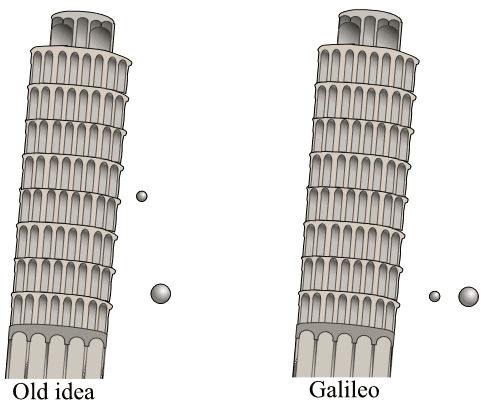
Object Falling Game
- Supplies Needed: Objects Of Differing Sizes
This is a game based on Galileo Galilei’s infamous Falling Bodies Experiment. Galileo, through dropping objects from the Tower of Pisa, proved that objects dropped at the same time would land at the same time. It did not matter their weight, however. A box of feathers would hit at the same time as a bowling ball.
As long as nothing gets in the way of the fall, such as wind, objects won’t fall at different speeds. In one of the coolest science games for kids, you’re going to be teaching them about this. Have a bunch of objects that you’re not attached to set up on a relatively high structure, then simply have kids drop the objects from here. Obviously, an adult should be present!
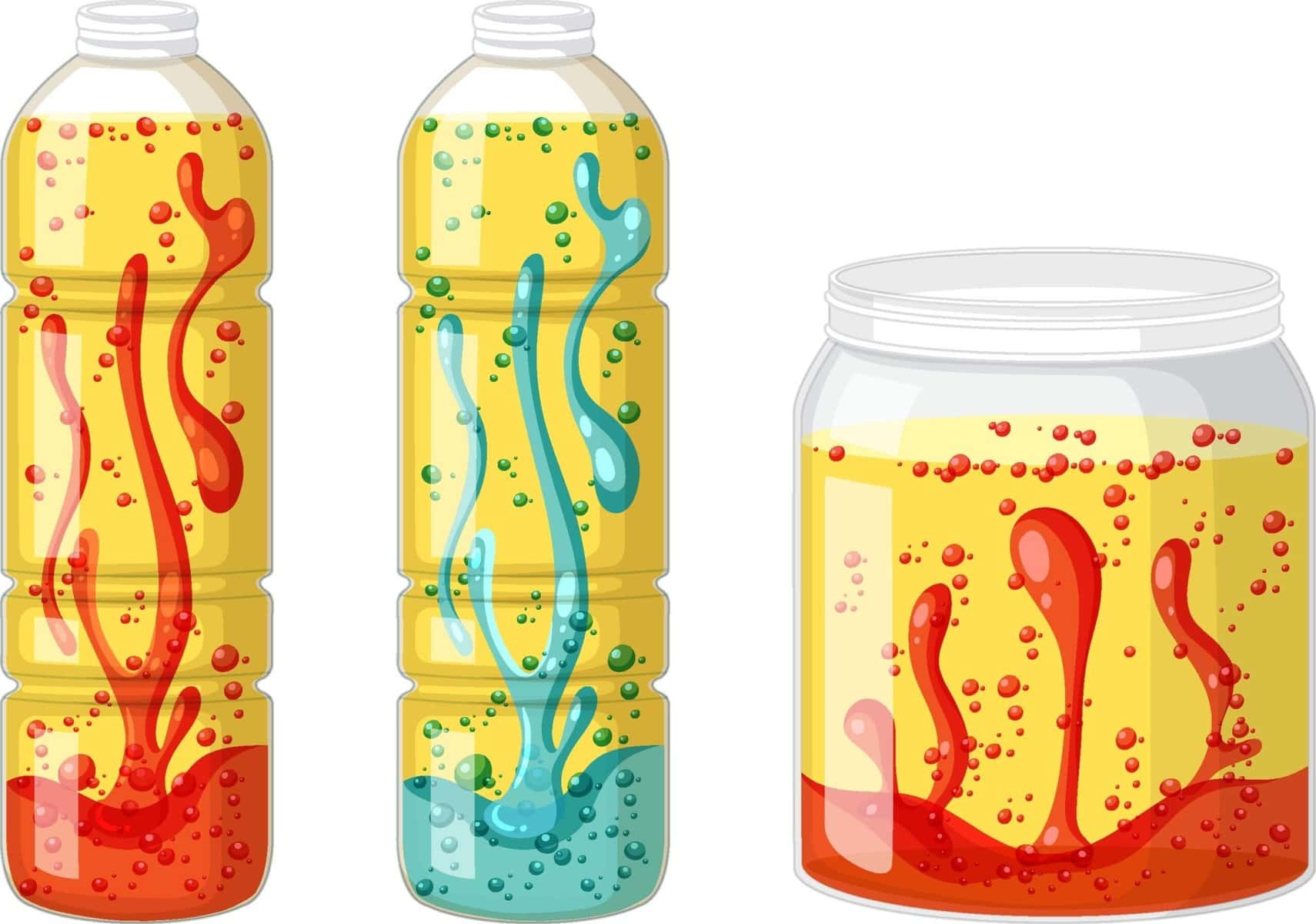
Food Coloring Game
- Supplies Needed: Liquid Substances, Food Coloring
A fun game that kids can play at home or truly anywhere, is the food coloring game. It’s very fun and all you need is some food coloring and liquid to play. The best thing to use is water, as it’s clear and has the best results when adding color to it. The idea for this is to teach kids about colors and how they change.
For example, if you have blue and red food coloring both added in by two different kids, what color does it turn when mixed? It usually turns something Purple, as red + blue = purple. However, you can perhaps add more than two in at a time. For example, add yellow to blue and red. What color does it make? Find out for yourself by mixing all sorts of colors together!
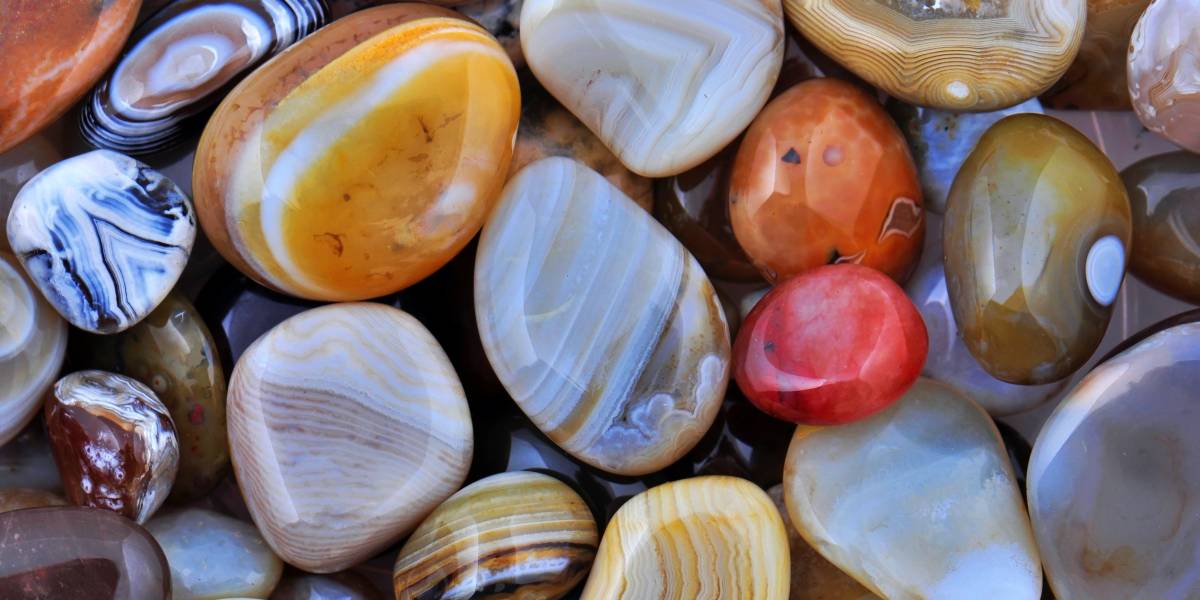
Mystery Rock Game
- Supplies Needed: Cloth, Several Different Types Of Rocks
The Mystery Rock game ranks among the most fun science games for kids because it’s all about testing their knowledge on rocks themselves. On top of this, they can guess what rock is present simply by feeling or blindly touching the rock. The best way to play is to gather up a lot of different rocks. All your children to see them, and feel them.
You’ll also want to tell them the name of the rock as they do this. If they cannot say the name or you do not know it, simply give it the name of its color or other easy-to-spot differences. Now, put the rocks in a bag and shake them up. Pull one out in a cloth, not allowing the child to see it. Have them guess. This, in a nutshell, is the Mystery Rock game.

Race Objects On Homemade Track/Ramp
- Supplies Needed: Simple Toy Cars, Tools, Wood, Nails/Screws, Saw
Obviously, a game like this is going to take a lot of Dad or Mom spending time on their own making stuff. However, the supplies you’ll need won’t be that expensive and it is likely you already have most of it at home. If not, borrowing some could be better than buying brand new stuff. If you want your child to help, be sure they are at least 8 and up.
You’ll be making it with the idea of adding certain steps of science to it. Such as turns, inclines, etc. These are added because it will help teach your child how objects can be affected by other objects. It’ll also teach them how much speed and force can be affected by this.
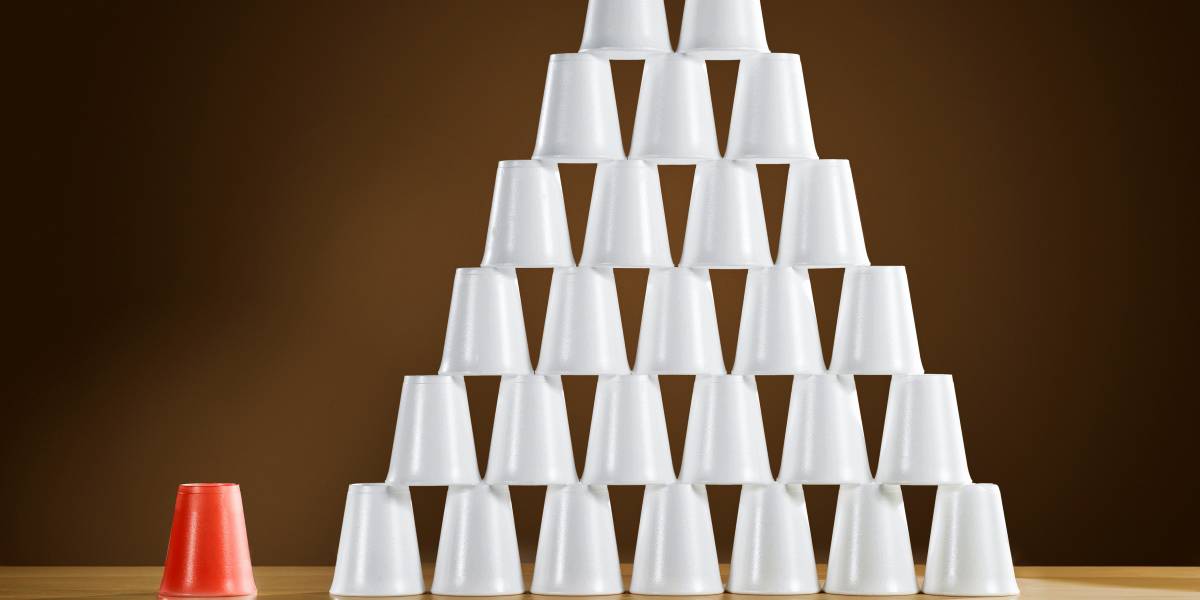
Cup Stacking
- Supplies Needed: Timer, Multiple Solo Cups Or Plastic Cups
While Cup Stacking often uses solo cups for at-home use, you’ll also see people play with other plastic cup types. Thus, we do not think it matters which you use, just as long as they can stack on top of each other. The idea behind this game is mostly to teach a form of physics.
When you’re thinking about science games for kids, the important thing they need to do is obviously help them learn something new. Cup Stacking helps to teach them things in the field of Motion Physics. There are actually four versions of this too. This includes the Rotary, Oscillating, Linear, and Reciprocating motions. Each has its purpose!
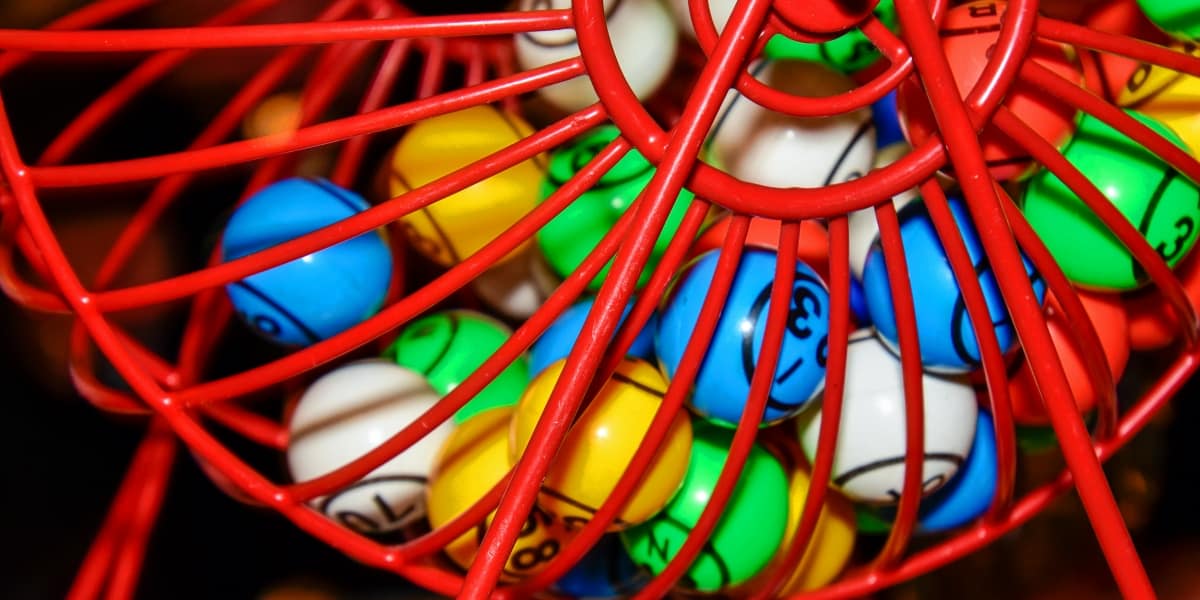
Planetary Bingo
- Supplies Needed: Stock Paper, Multiple Colored Pens/Pencils, Scissors, Coins
Planetary Bingo is a fun science game for kids that could be perfect for helping them learn about many planets. While those in our own solar system are cool, we now know of many existing planets millions to billions of miles away from us too. They each have names as well, which you can look up online if needed.
Not only that, but we have images of many. Therefore, playing Planetary Bingo will allow you to teach the kids about everything in this area. You just need to make the Bingo cards, drawing the planets the best you can. You’ll just cut them out of card stock and then use coins just as you would Bingo Chips.
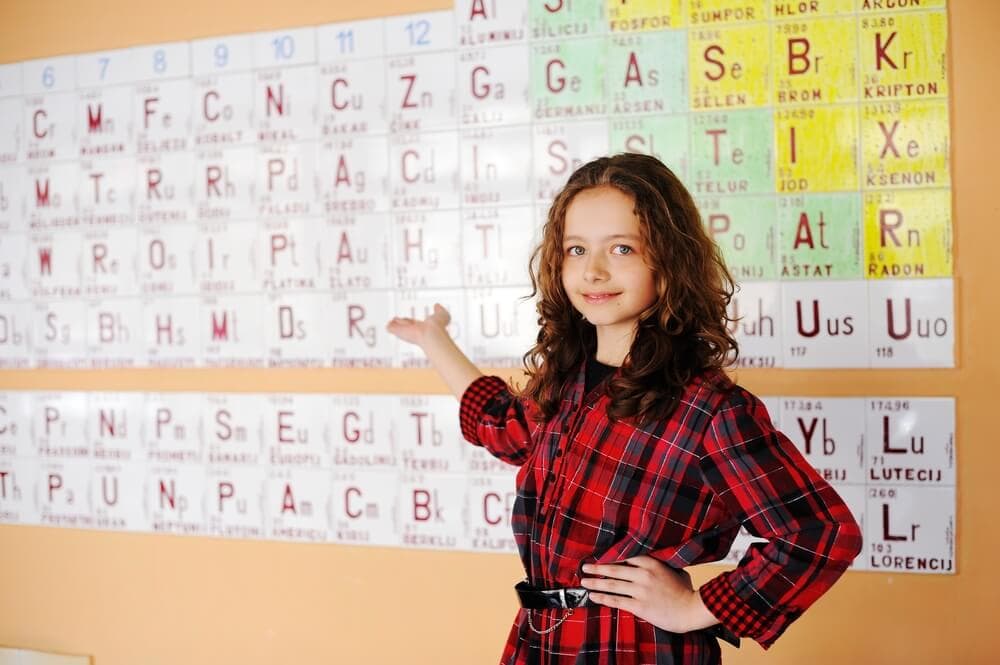
Periodic Table Battleship
- Supplies Needed: Printed/Laminated Periodic Tables, Folders/Stands
If you’re at least 25 years old and over, it is very likely you grew up playing the Battleship game with your friends. It rose in popularity in the late 90s and early 2000s. A crappy movie even came out involving the idea years back. The idea normally was to guess where the battleship of your enemy was by asking them about specific sections on your map.
Periodic Table Battleship is very similar. The only difference is that instead of using codes or coordinates, you’ll just substitute them for Periodic Table Elements. For example, instead of saying A8, you’ll go with the element and its atomic number. In this case, we’ll go with As 33, which is Arsenic. You’ll just stack them up like the real Battleship game and play as normal.
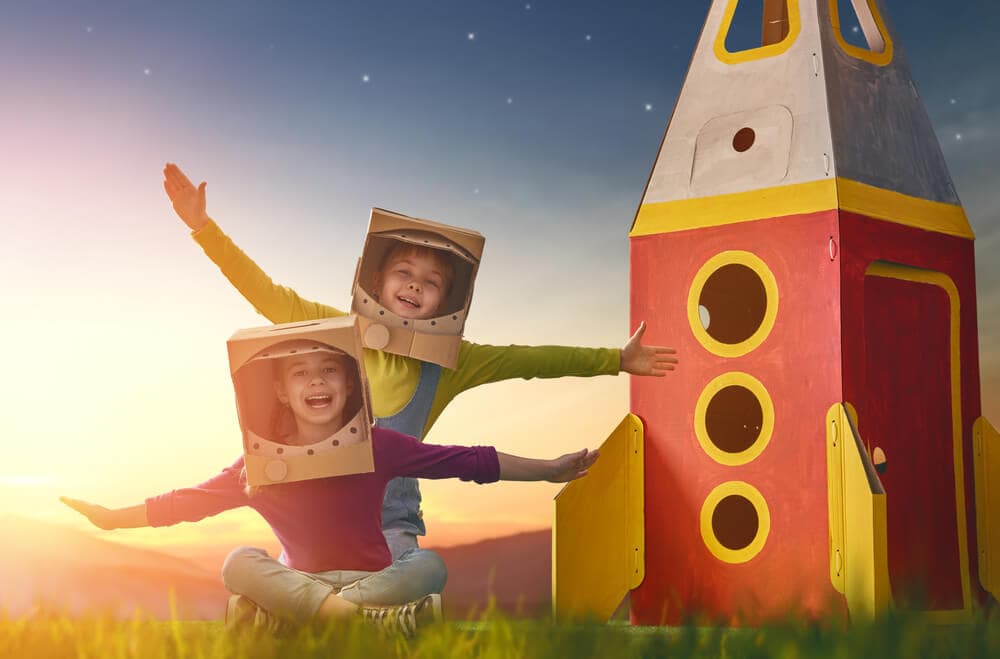
Astronaut Play Space Game
- Supplies Needed: Cardboard Box, Aluminum Foil, Saran Wrap, Rubber Kitchen Gloves
Another set-up that Mom or Dad will have to put together. Ladies and gentlemen, this is the Astronaut Play Space Game. The idea behind it is that you’ll set up a box with various “space-like” contents inside. The Saran Wrap on top of the box allows kids to see inside the box but you can also keep things secret from them.
Holes are put into the box to allow you the ability to put rubber kitchen gloves in them. This is similar to what you might see in hospitals where they keep the person inside from being touched by anything other than sterile gloves inside. It will come across as kind of space-like for kids as the gloves sort of remove gravity or feel like it. Plus all the contents inside aren’t being touched by them for real. To learn more about how to make one for yourself, click here.
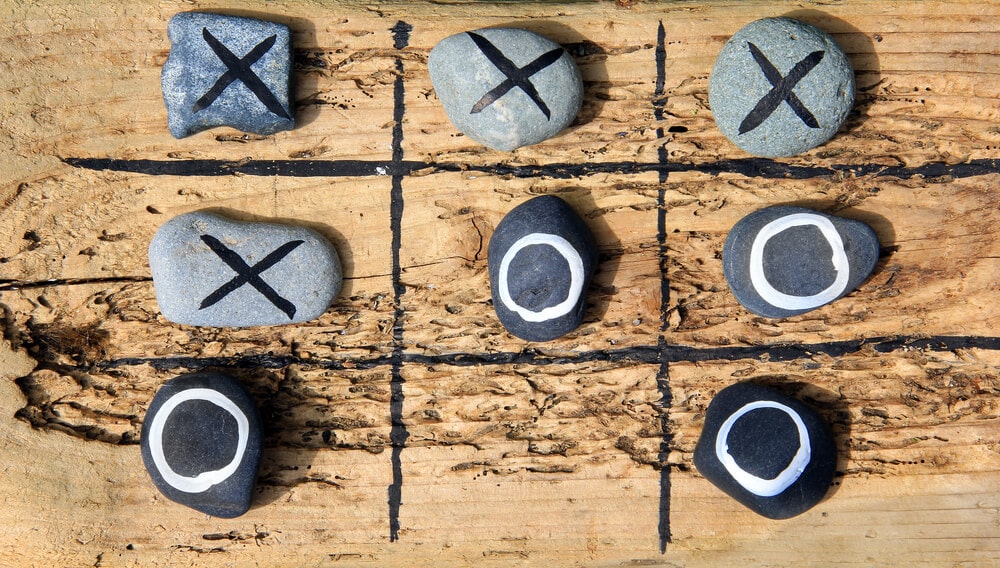
Rock Tic-Tac-Toe
- Supplies Needed: Sticks or Twigs, Various Rocks
While it may seem a bit primitive, you can actually use rocks to play tic-tac-toe. Of course, you’ll want to make sure you get two different-looking rocks at the very least. You’ll also need sticks or twigs, depending on the sizes you’re wanting to play with. From here, it works just like a regular game of tic-tac-toe.
One person will start and the next person follows, all until a person wins or the two people come to a draw. Of course, the game itself has always been flawed in that there are many ways you can end in a draw or beat someone. Thus, it’s mostly a science game for kids and not adults as often.

Science Scrabble
- Supplies Needed: Scrabble Board
The cool part about Scrabble is that you can have many variations of it based on whatever you’d like. However, the only catch is that the word(s) you use simply MUST be real. One of the biggest problems that plague the world today is that many science words or terms are forgotten by kids. More importantly, many of these words are often spelled incorrectly.
While it may not seem like a big deal, as a person likely will know what you meant by something, this is not always the case. It is especially big in the medical field to get things right from medicine names to illnesses. Otherwise, problems can occur. Teaching your kids the proper spelling through Scrabble could be big for them later on in life.

Potato Battery
- Supplies Needed: Large Potato, Copper Coin, Alligator Clips, Galvanized Nail, Voltmeter
The Potato Battery is a very popular science experiment that will likely be done in Middle Schools or High Schools all over the world in some form. Therefore, it might be hard to see this as a science game for kids, right? Actually, this could be a great game for them. Obviously, you want to make sure your kids are old enough for this to make sense.
Therefore, kids most likely 8 and up will make the most sense for it. Make the game into how fast they can be made or how powerful they can make their battery. Of course, the basic supplies are labeled above but you can add much more to this. Truly, it could be a great competition between siblings.
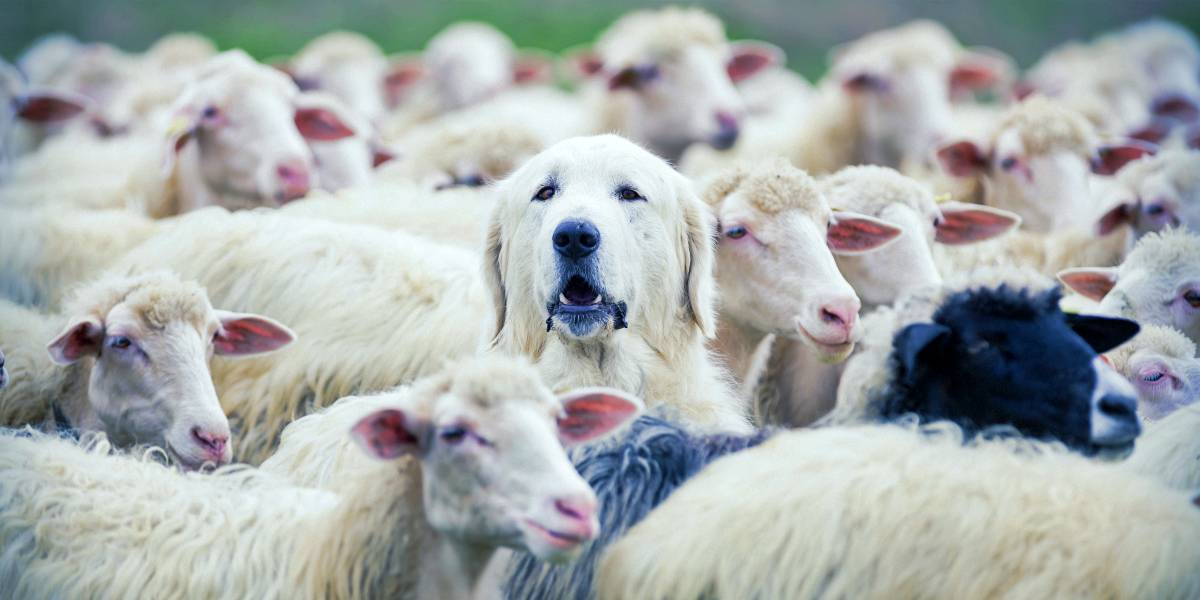
Animal Spotting Game
- Supplies Needed: None
The Animal Spotting game can be a lot of fun to play for kids. You’ll likely play this game or some variation of it while taking trips. Games like “I spy” are similar to it as well. The premise of our version is that a parent keeps a notebook on them with something to write with. You’ll take the child on a walk or multiple kids, depending on how many.
Then you add a reward system for how many animals they can spot and what they are. For the solo child, you may need to make the prize possible to reach for a set amount of animals. Whereas with many kids, you add a first, second, and third place. Each getting something, but the best getting the highest reward for their efforts.
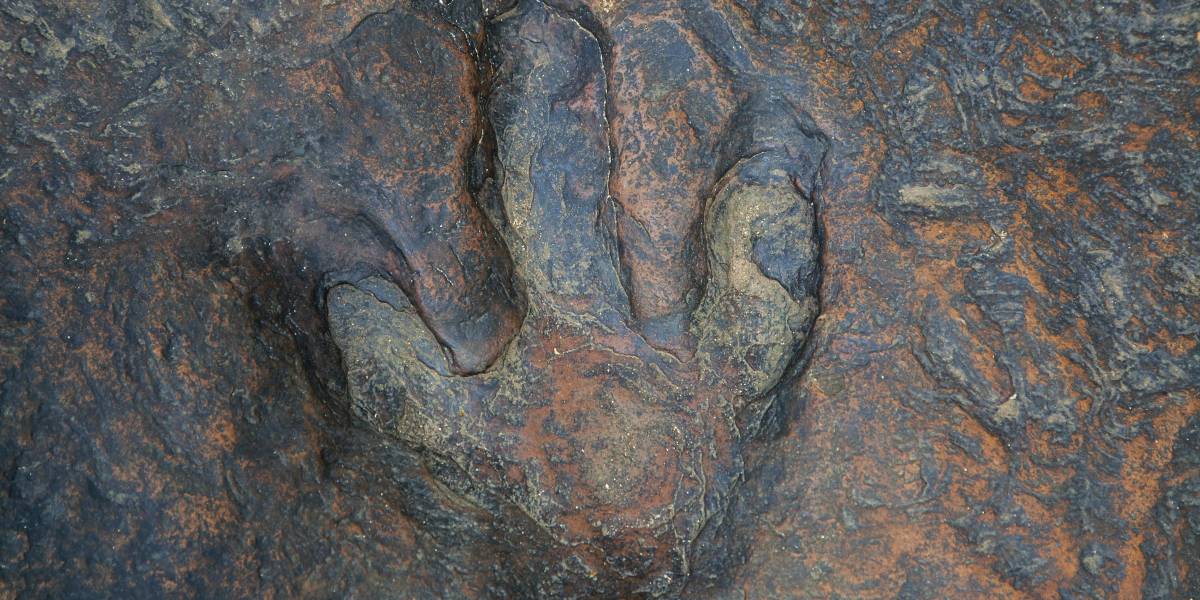
Dinosaur Footprint Game
- Supplies Needed: None
The best way to play this game is to take your kid(s) outside where you have previously set up what could be considered a massive dinosaur footprint. This is pretty easy to do in the dirt, sand, or soft ground section. If you do not have this, you may need to get a shovel for it.
In any case, making one aside, the idea of this game is to have your kid(s) step into the footprint and think about all the things they can put inside of it. They may go inside to grab certain stuff of theirs like dolls, racecars, and many more. The main lesson this is teaching revolves around measurements, specifically size differences.

Touch And Feel Game
- Supplies Needed: Several
We should preface this by saying that the Touch and Feel game should only involve a child touching objects. They should not be forced to, in any way, touch a human being – whether it is an adult or a child. The idea of this science game for kids is that you’ll essentially blindfold a child and hand them an object.
They will guess what the object is based on touching or feeling it. Of course, you’ll need to be aware of any allergies a child may have, which most parents will already know about their own child. However, if you play this with your kid and his or her friends, learn what the allergies are that THOSE kids have too. This is very important!

LEGOs
- Supplies Needed: LEGOs
Who could possibly hate LEGOs, right? Well, unless you’re one of the many parents who has stepped on one during the day or night, cursing under your breath. We all know how bad they can be when left out, but LEGOs overall are awesome for both adults and kids alike.
They can be part of great science games for kids, as kids can compete to make the largest structure that can manage to stand. Just like with others on this list, you want to have a prize of some kind for the winner. In the end, they will be learning valuable portions of geometry and partial calculus by doing this. The best part? They won’t even know they’re learning.
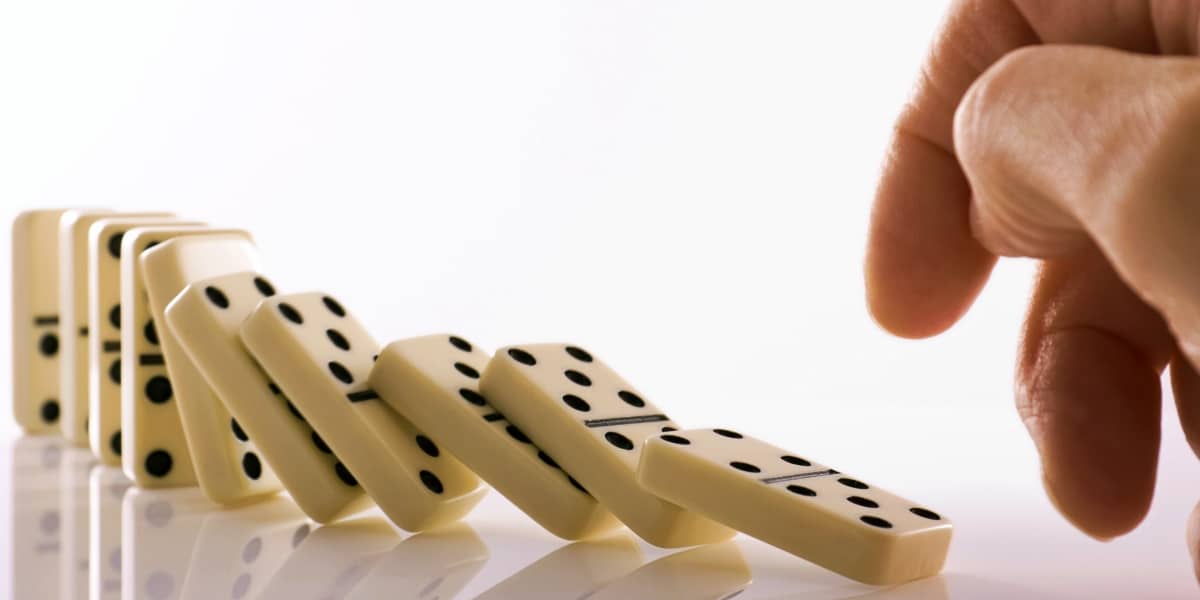
Domino Stacking
- Supplies Needed: Several Dominos
You have likely seen the clips on YouTube where people set up several dominos only to knock them over and see the results of the effort they put forth. The same premise will be used here, in that you’ll set dominos up just to knock them down. Of course, what you’re teaching here is a form of motion science: reaction.
This is part of Newton’s Third Law, which states that “for every action, there is an opposite and equal reaction.” Essentially, one domino will hit, and then it’ll hit another. This pattern will continue until ALL dominos are knocked down. Yet without the first domino falling, the others could not do so unless hit separately.

Planet Knowledge Quiz Show
- Supplies Needed: Contestant Chairs
While we mention “contestant chairs” in supplies needed, you can use any chairs for this game. The idea is to set up your living room similar to a game show. The kids are the contestants and all of the questions will involve facts about the planets. It will be good to go over all of these questions with your children first, that way you know they were told the right answer.
They’ll then need to remember the right answer in order to be the winner of the game show. Of course, as mentioned before, a reward system is good. If you play in “Who Wants To Be A Millionaire” style, money could be what you offer. Obviously, it’ll be much lower. Generally, you can use the concept of any game show to do this and it’ll be fun for the kids.

Puzzle Games
- Supplies Needed: Two Or More Puzzles Of The Same Type
Puzzles are fun for us all, especially if you’re a huge fan of putting together the massive versions of 10,000 pieces or more. It is not really smart to use this type for kids. Instead, get the types they’ll have an interest in and have the kids compete to put together their puzzle the fastest.
We recommend getting the exact puzzle so that no one assumes the other is getting an advantage. The reason this ranks as one of the best science games for kids is due to the problem-solving it requires. You’ll need to think critically about this, in order to put it together properly.

Science Word Search
- Supplies Needed: White Stock Paper, Pens/Pencils
Word Searches are always fun, especially when they have words you know in them. They are even easier to create for yourself if you’re that type of person. The best way to do this is with white printer paper, but white card stock paper might be best as it’s often just made better.
Next, all you need to do is make a box and put words inside of it that are science-related. Once you do that and make sure to have it as scrambled up as you can, but within the realm of an actual word search, it’s ready to go. Kids will love searching for words while competing to see who can find the most.

The Memory Game
- Supplies Needed: None
As we’re sure you’re well aware of by now, the Memory game is both fun and slightly crazy. The reason for this is that memory is a tricky thing. History proves this quite literally. One of the most interesting science games for kids, the idea is to tell a secret to someone in their ear. Then they tell it to the person beside them all the way down a row. The one at the end tells the secret.
Most of the time, they will have a similar story but either new words will be added in or they will have something that’s missing key information. This shows the key to memory issues, especially when things are not written down. When people tell stories to others, they also add their own spin. Now consider how much different real stories can be from the spun version.
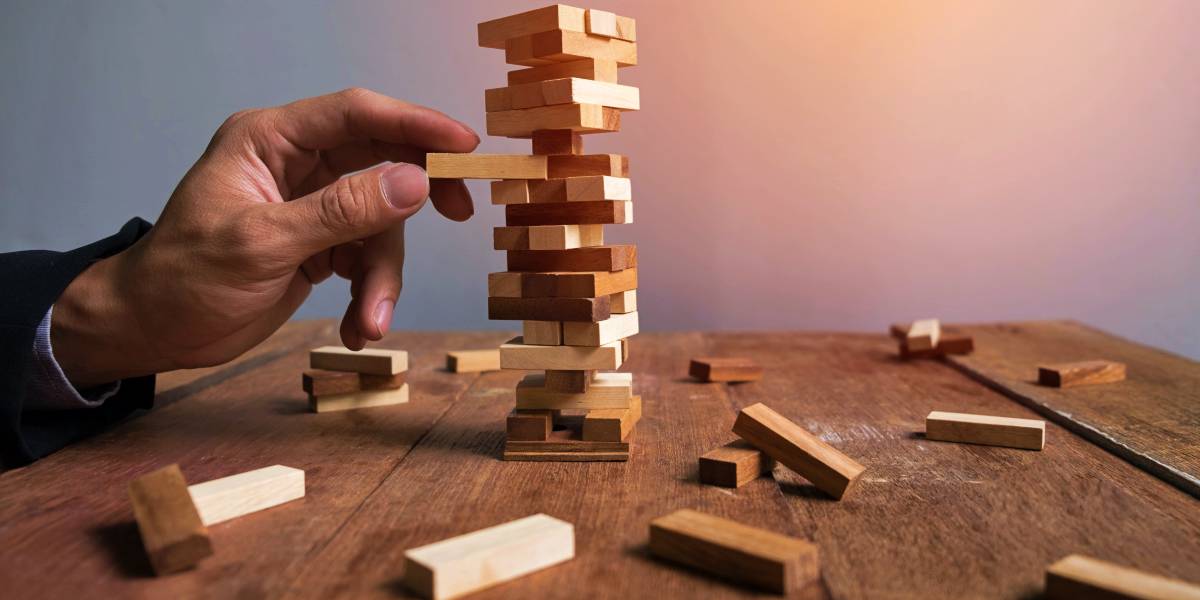
JENGA
- Supplies Needed: JENGA Blocks
Similar to LEGOs, the idea of JENGA is to help kids understand portions of Geometry. Except when you play with JENGA blocks, you’re aiming to see how long you can get something standing by taking something away. With LEGOs, it’s all about addition.
JENGA will teach kids about structures and how long something can last when you take away from it. In the end, it will not only be a science lesson but also slightly philosophical. This is important to teach your children about too, as philosophy is technically a “social science.”
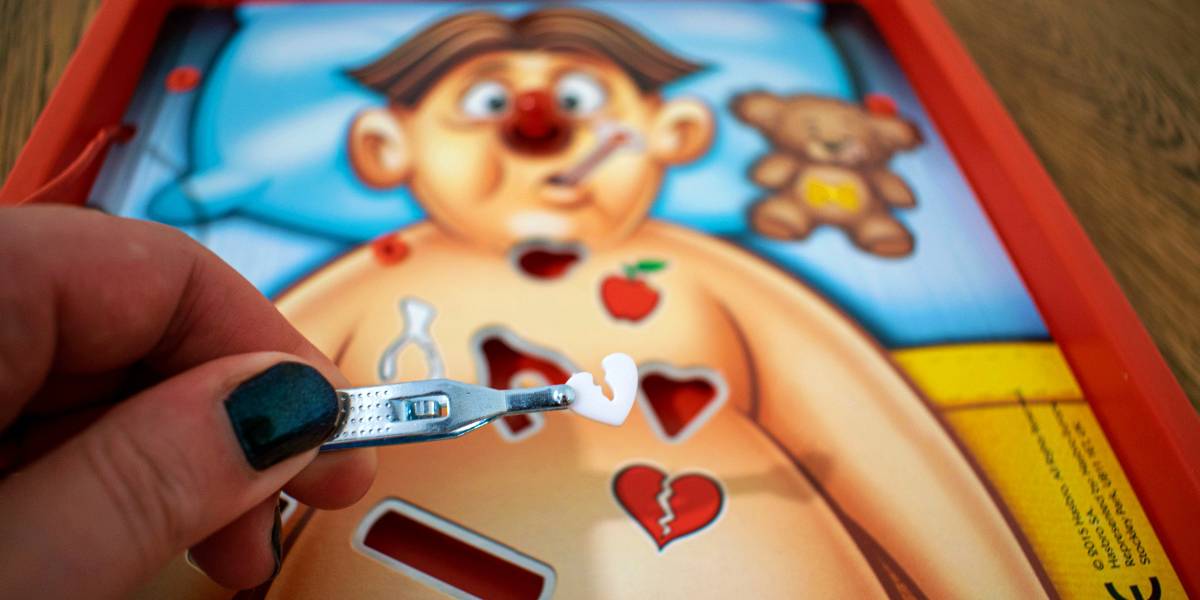
Operation
- Supplies Needed: Operation Game
Growing up as kids, most of us had the Operation game. If you did not, then we’re sorry for your terrible childhood. If you’ve never heard of it before, Operation involved a man that needed you to remove body parts. However, you have to be careful as moving them the wrong way will shock you.
While it is not a real man, nor are the shocks real, the game would vibrate like crazy when you messed up. The key is, clearly, not to mess up in the first place. Obviously, this is one of the most important science games for kids that you could possibly have them see. To most of us, this is an infamous childhood game, so why not share it with your children, right?
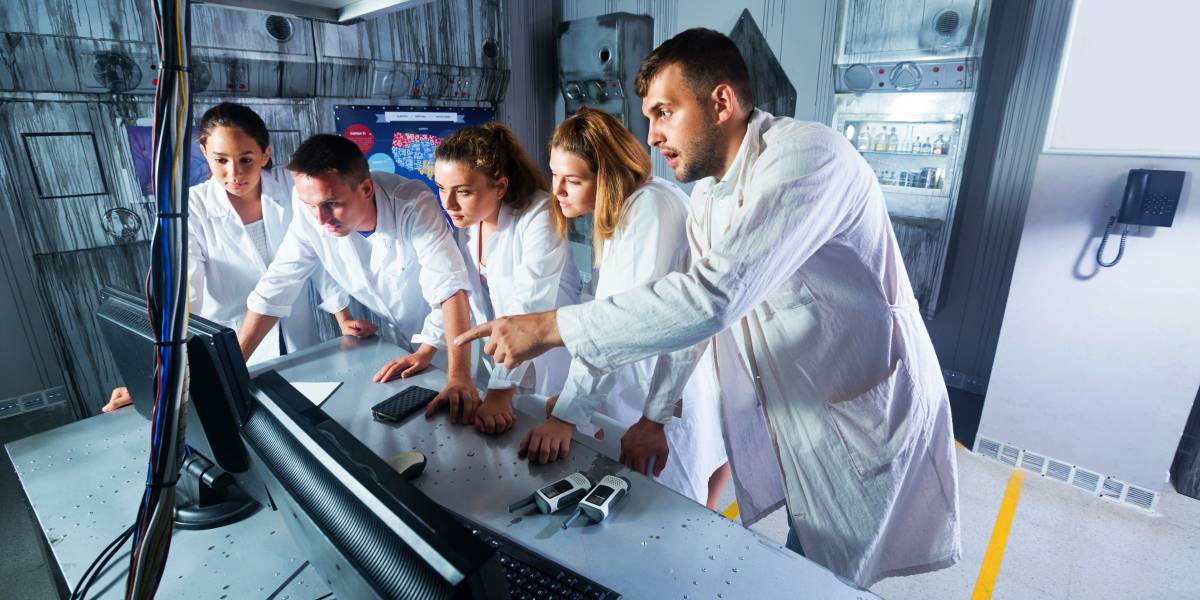
Science Escape Room
- Supplies Needed: None
Escape Rooms are incredibly fun and have been on the rise in popularity for a few years now. The idea of most escape rooms is that they have a theme to them. Most of the rooms are decked out in things related to that theme. You may even have someone in the room with you to help out or give clues if it is taking too long.
The doors are locked and no one gets out until all three keys are found. However, some have more or less depending on where you go. Imagine this same concept, but with science questions and terms. That could be one of the most fun science games for kids imaginable. Plus, parents could enjoy this too! It’s a win/win in our opinion.
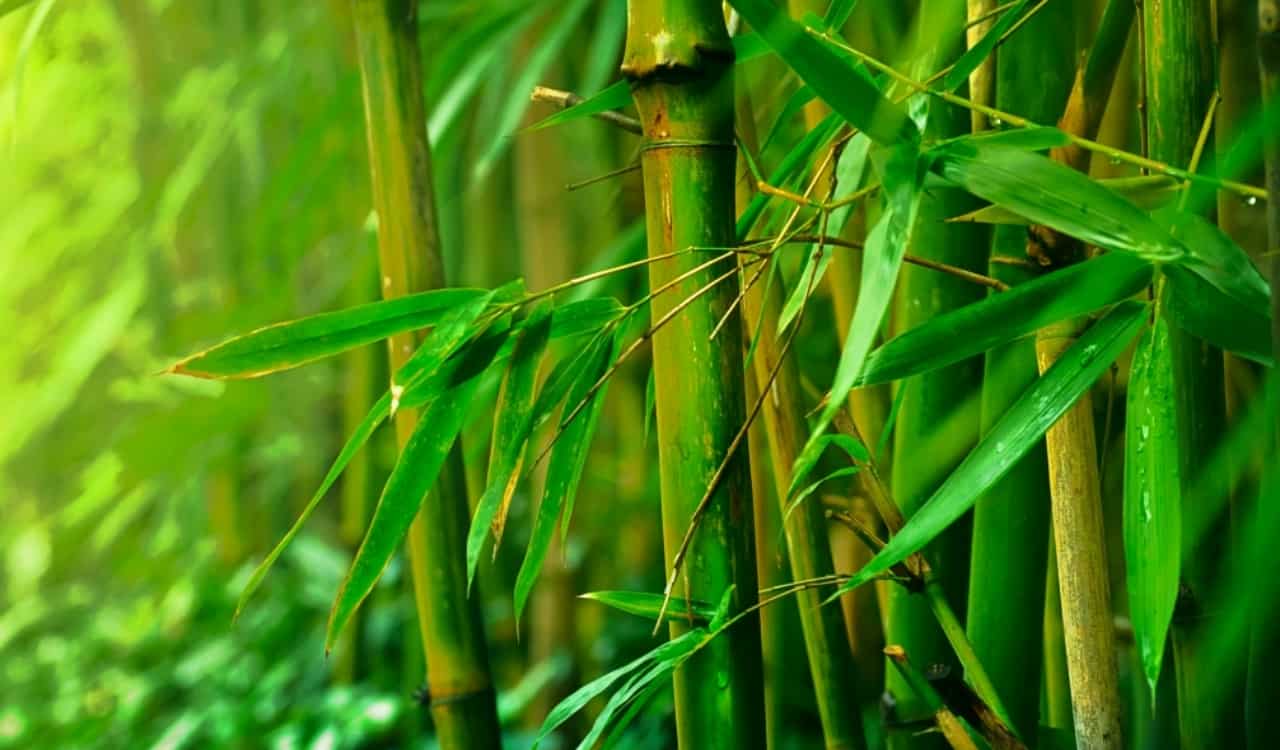
Bamboo Growing Game
- Supplies Needed: Bamboo Plant Seeds
While it would be foolish to try and make a game out of growing plants due to how long it can take, things differ when it comes to bamboo. Essentially, bamboo grows incredibly fast. There have been some that grow up to 35 inches in a given day, which is around 1.5 inches every single hour. This is why the bamboo game is a fun science game for kids.

You could sort of push the idea that your bamboo must reach a specific marker in a given day or week. The bamboo that gets to it first will be the winner. Of course, in spite of how fast bamboo can grow, not all bamboo will grow as quickly every single day. That said, both will still show a major difference from day-to-day. However, the rate will depend on the bamboo itself.
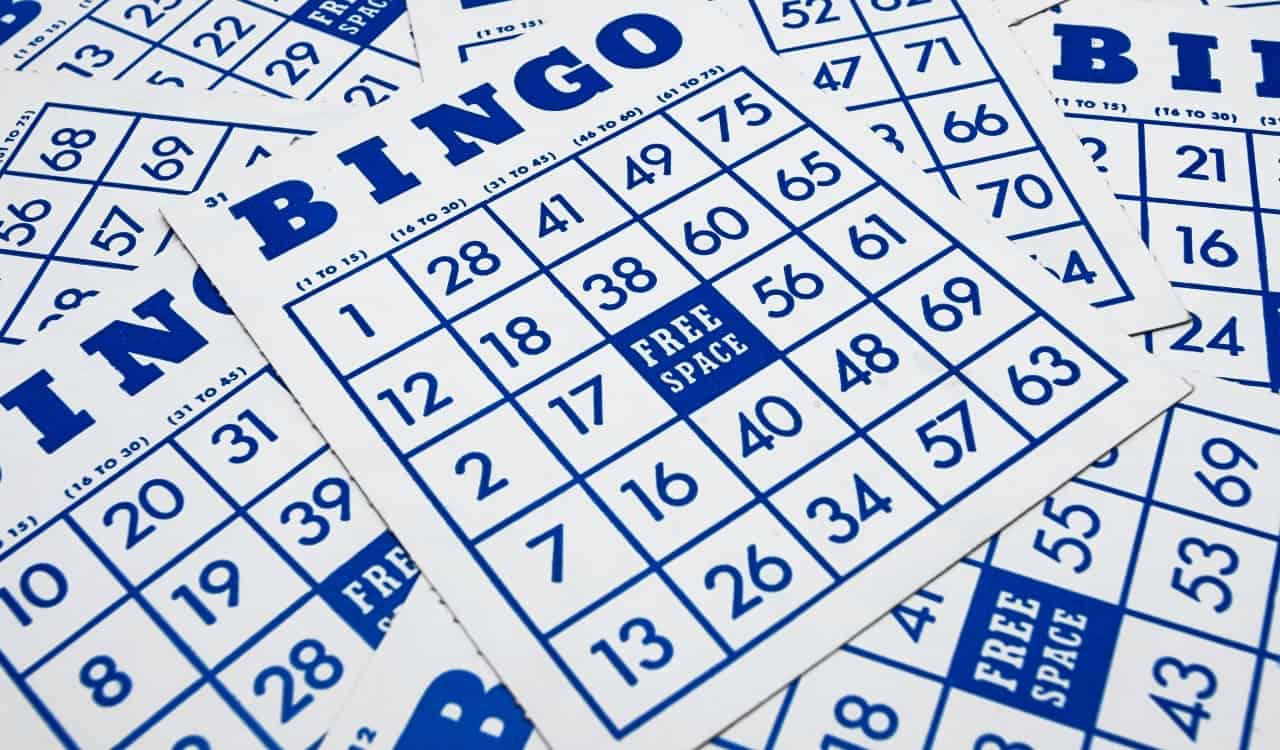
Body Part Bingo
- Supplies Needed: White Construction Paper, Pen/Marker, Crayons, Scissors
Body Part Bingo can be a lot of fun and it’s a great way for kids to learn about human anatomy. When you play Bingo the normal way, there will be roughly 25 boxes on each specific Bingo Card. 24 of them are unmarked with one square usually colored black. It is often the box in the middle, but you might see something else depending on the Bingo you’ve played.
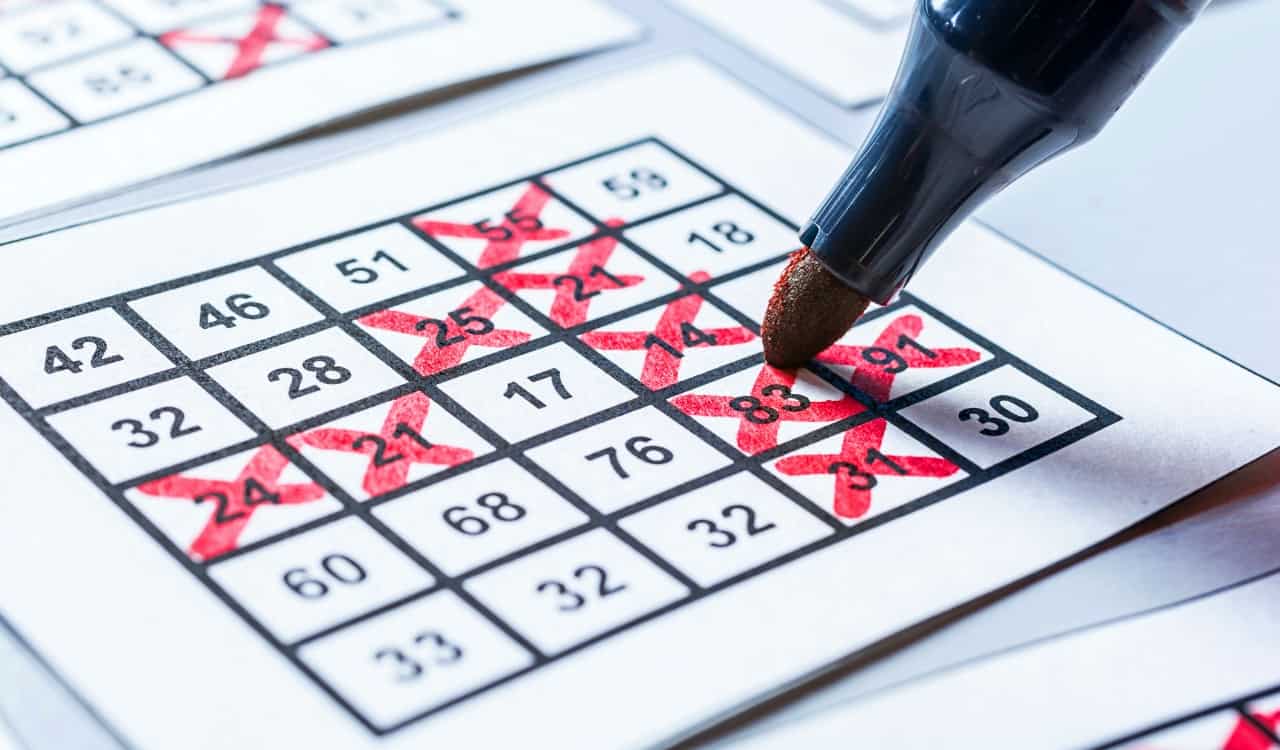
Simply use construction paper (white is best), and draw out the Bingo Cards. Cut them out when finished and either draw the body parts or simply list their name inside each box. Of course, be sure to make all Bingo Cards different. Otherwise, you’ll run the risk of everyone winning. This is the cut-throat world of Bingo, moms, you must have one winner only. Bingo like this can be played in many ways, and it’s always one of the science games for kids that everyone can enjoy.
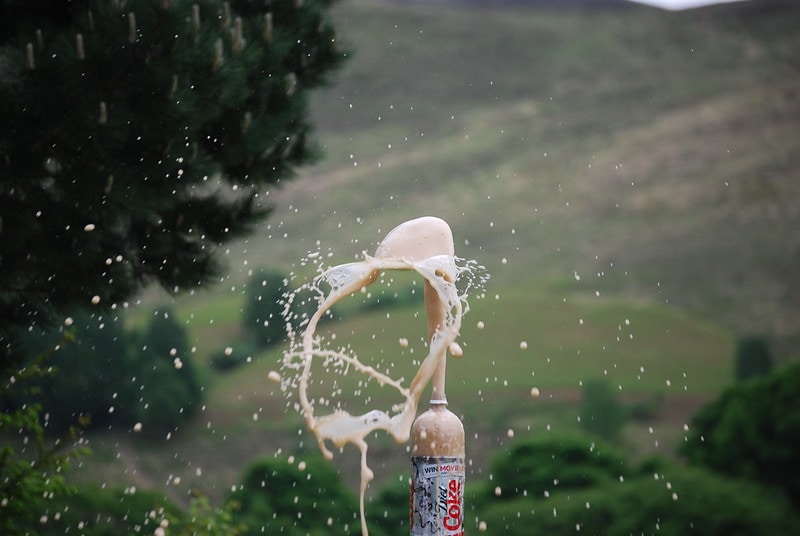
The Soda Geyser Challenge
- Supplies Needed: 2-Liter Soda Bottle, Mentos, Goggles, Video Camera
It is always a crowd favorite to make a mini-explosion happen. Before you freak out, we’re not creating a real explosion at all. Rather, we’re making a relatively safe one. That said though, if you have kids involved in this, you’ll need goggles for each one to have over their eyes. This is mostly to protect their eyes from soda getting in them. In this game, you’re teaching them a little about chemistry.
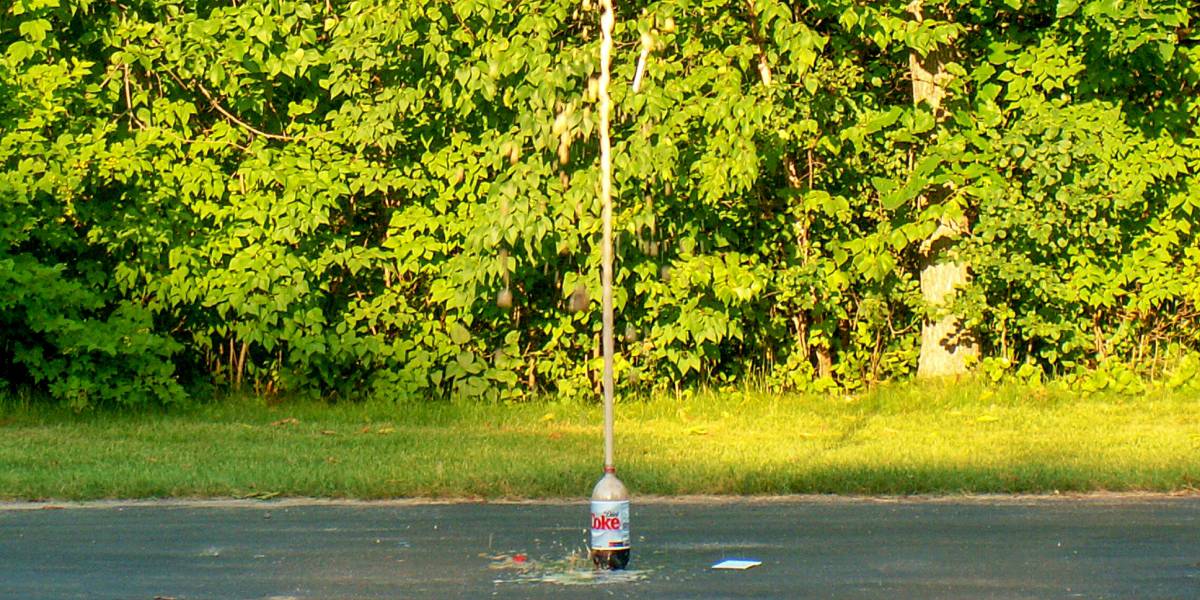
Mentos mints happen to interact with most soda. This is due to what the two are made of. As mentos fall to the bottom of coke or other soda, they create carbon dioxide bubbles that continue to build. The rising bubbles then react with the CO2 still dissolved in the soda. This causes even more CO2 to be freed, making more bubbles, thus creating the eruption. The game is simple. Get two 2-liter bottles, put Mentos in both, and see which one goes the highest. Your video camera will help there.

Reaction Time Challenge
- Supplies Needed: Everything & Nothing
Our reaction time is something that can consistently improve. It is not based on age, sex/gender, or anything other than our brain. Yet your brain is like a muscle and you need to work it out all the time for it to be strong. As a result, reaction times change as we get older because we begin to grow as people. Athletes have fantastic reaction times due to having to think split second about when to do things. Due to this, kids need to work on their reaction time.

What better way is there to do this than by making a cool game out of it that even parents will enjoy? To play the game, you need at least two people competing and another person to throw objects at the children. When we say objects, we mean things that won’t hurt them because obviously. You’ll throw something like a stuffed animal and continue to do it faster and faster, testing their reactions. The winner is the one with the most objects at the end.

Paper Airplane Contest
- Supplies Needed: Paper & Potentially glue, among other supplies you wish to use
To make a paper plane, you really only need paper. However, some people like to make their paper plane a bit fancy. As a result, you might want to invest in some glue, glitter, buttons, or little stuff that will trick out your specific plane. However, you’ll want to be careful about all you add. In the Paper Airplane Challenge, it’s all about distance.

This is one of the most fun science games for kids because it’s very simple to do and every kid can enjoy it. The paper planes will need to be put head to head. They will both be thrown at the same time where the winner will be the paper plane that manages to fly the furthest. You can even make it a best out of 3, 5, or however many you’d like.
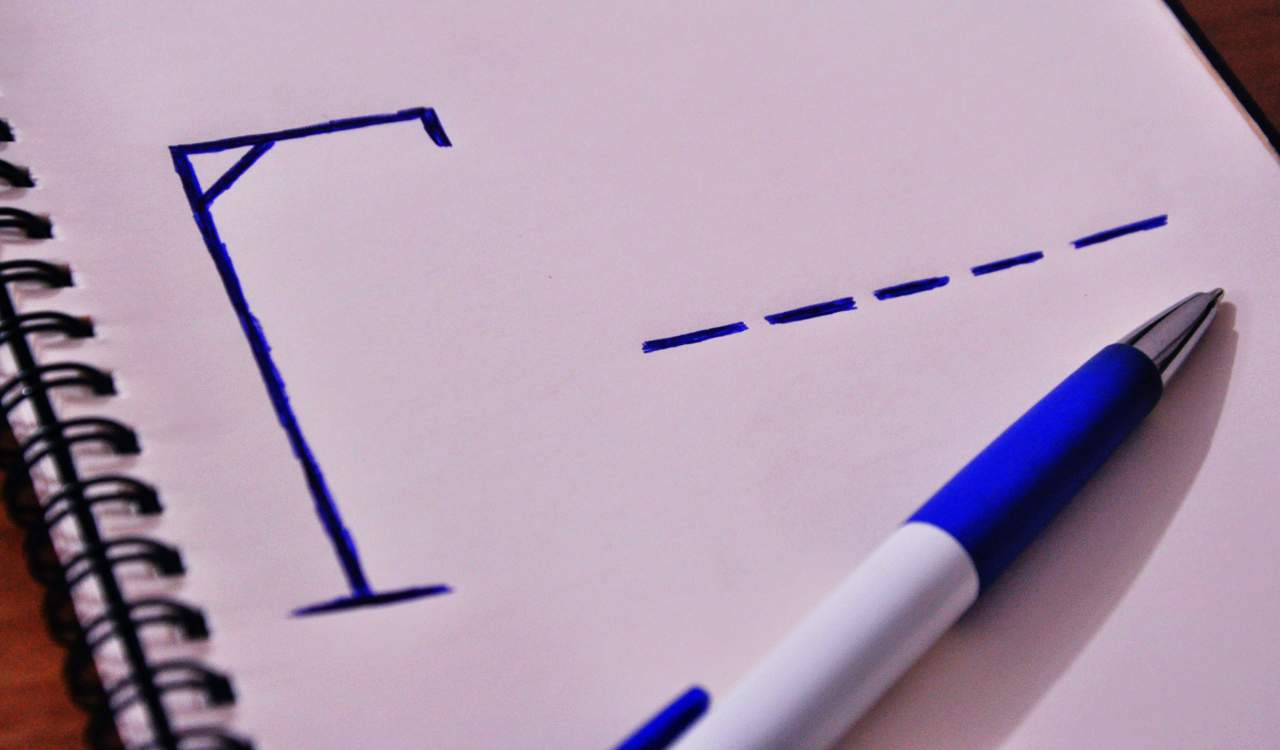
Science Hangman
- Supplies Needed: Paper, Pen/Pencil
Hangman is a game we likely all played at least once or two billion times when we were kids. It’s a simple game to play as well, making it perfect for kids. The goal of the game is to guess what a person has chosen as a word or phrase, a lot like Wheel of Fortune without the “Wheel” part. The way you win is by guessing a letter in the word or phrase. Every time you are wrong, the little hangman gets a body part added. You lose if the hangman becomes fully developed.

In this version of Hangman though, we’re going to allow you to offer hints or have your child answer questions. If you choose the question lane, you’ll want to make them science-driven where the letter you use will be in the answer. Since that can be complicated, the hint works too. You’d just choose a science word or phrase, and they’d guess the letters connected to it just as they would in the normal game. This will allow you to tell them about important science terms.

Swinging Water Game
- Supplies Needed: Water, Bucket w/Handle
Have you ever heard of something called “centripetal force?” If you have not, it’s actually quite a fascinating thing to discuss with people. Simply put, it’s a force that acts on a body moving in a circular path, which is then directed toward the center around where the body is moving. This force allows you to keep things in place, acting on gravitational laws. Of course, centripetal force falls within the world of physics. Technically, all force is influenced in some form by gravity too.
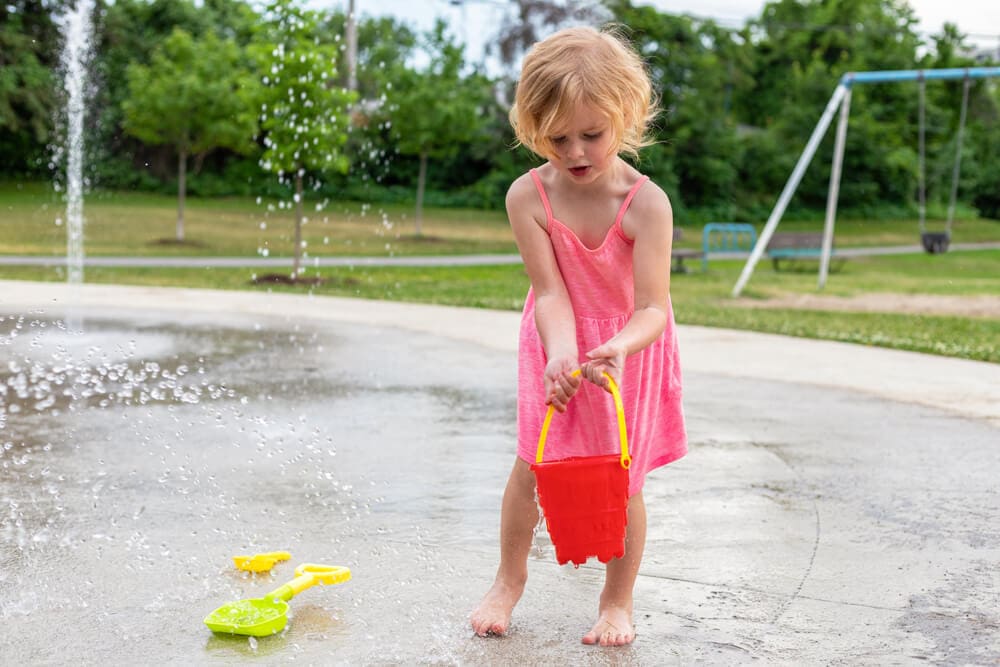
In this game, you’ll want to have two or more buckets with a handle on them. We’d recommend the smallest ones you can find, such as one a kid might play in a sandbox with. You’ll add water to this and swing around the bucket as fast as possible. The game comes into play to see how long someone can do it. Losing any water ends the game for that person. See, this force we referenced will keep water from falling out of the bucket as long as you keep swinging. That’s why the winner lasts the longest.

The Catapult Game
- Supplies Needed: Long Sturdy Boards, Paint Cans or Cans Of Equal Size, Helmets
While your average catapult used in combat or hunting can be dangerous, we do not want you to use those types. Rather, you’ll be creating your own using some sturdy wood. In order to use it, one side has to have something on it while a person jumps on the other end. The force from their jump will send the supplies on the other side flying. The larger the catapult happens to be in this case, the higher/further the object can potentially travel.

Of course, the amount of force you use will be key. That is where the game comes in. This can be one of the most fun science games for kids because it’s so easy to do and a real blast. You’ll want to put a helmet on your child’s head depending on the supplies you’re using on the other end. The game comes in when you load the same supplies on two catapults. The winner will be the one that sees their supplies go the furthest or highest, depending on what you’re using.
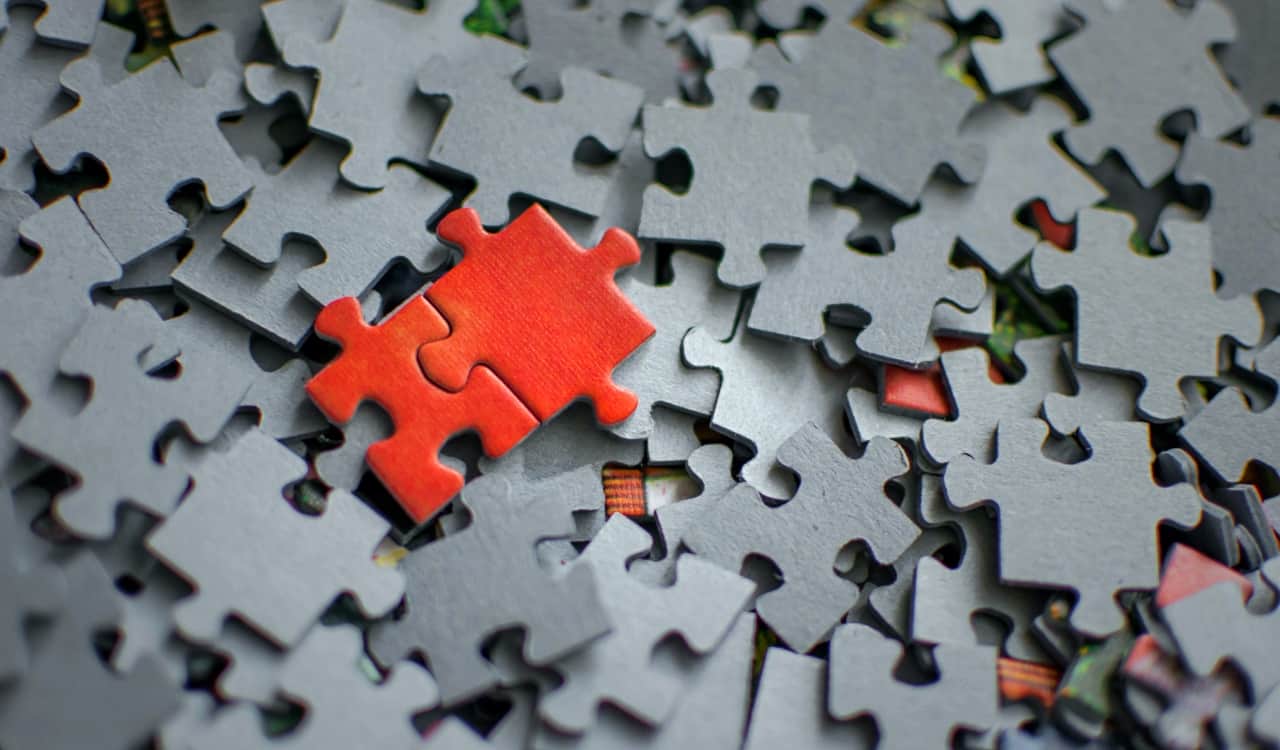
Science Matching Game
- Supplies Needed: Various Household Supplies
You all know how the matching games work by now, so you do not need us to tell you too much. However, the basics of this specific version might have a small learning curve but nothing drastic. Essentially, you grab a bunch of supplies from around the home. This can include cleaning supplies, video games, etc. You could also add sticky notes to numerous objects around the home too. It’s up to you here.
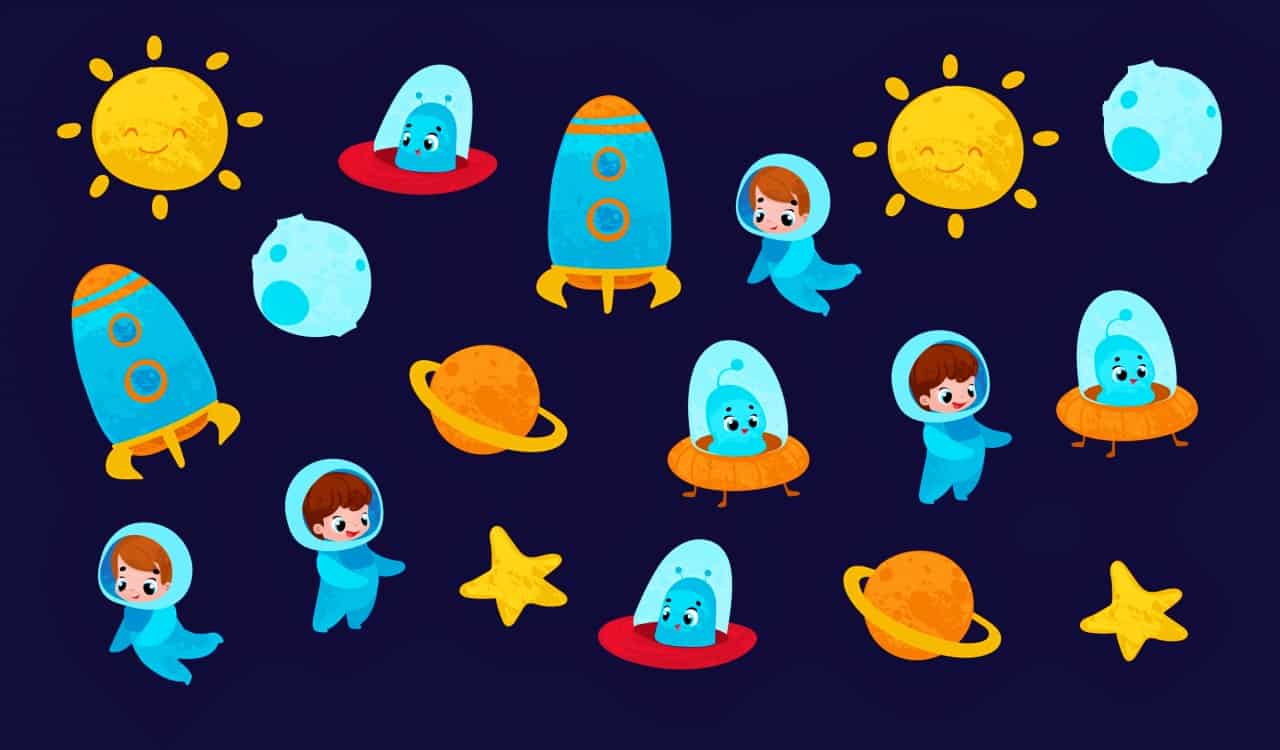
The goal is to have your child form a list of all the supplies and match them based on science. You’ll give them terms such as “things that clean” and so on. From here, they’ll match all your cleaning supplies as well as soap in that section. You might have another for “technology.” They will then match all the technology. You can get more specific each time you play and you can even do so with different things from around the home. This form of matchmaking can be a helpful learning experience.
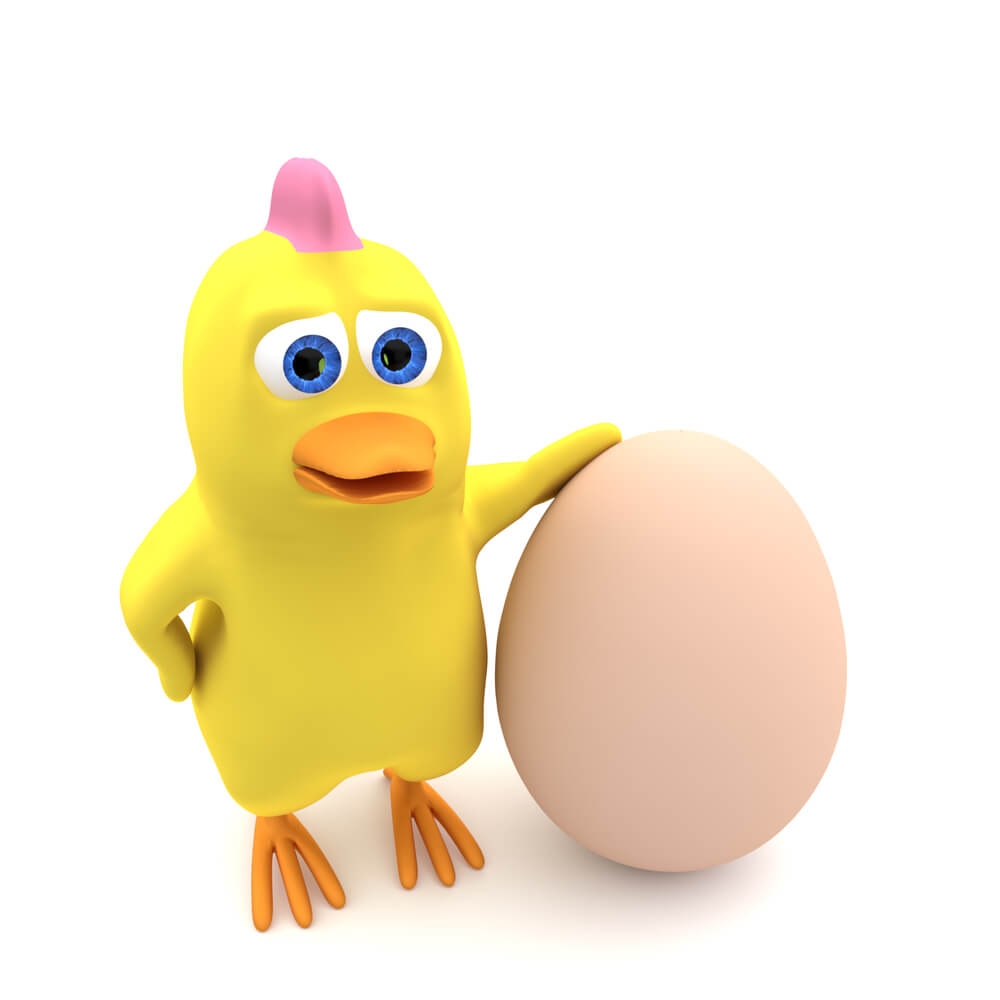
The Egg Drop Challenge
- Supplies Needed: Fresh Eggs, Popsicle Sticks, Paper, Plastic Straws, Glue, Rubber Bands, Cotton Balls
Another fantastic game to play will also have to deal with force. The goal of the game is to create a barrier that can guard an egg against breaking or cracking after it is dropped from a high surface. If you have two children, this can be a great way to test their creative and problem-solving skills. If you do not have another child, you can likely play this game with them or invite one of their friends over to play. What can protect an egg the best? That is truly up to you to decide.

There are many models that have worked over the years, with the best often involving similar things. The top ones usually have a circular or square barrier, can bounce when dropped, as well as hold up as pretty light on their own. The heavier models tend to not have as much give, which then puts too much force on the landing for the egg, cracking or breaking it. This is why you need the bounce – because the force is reduced on the egg.

